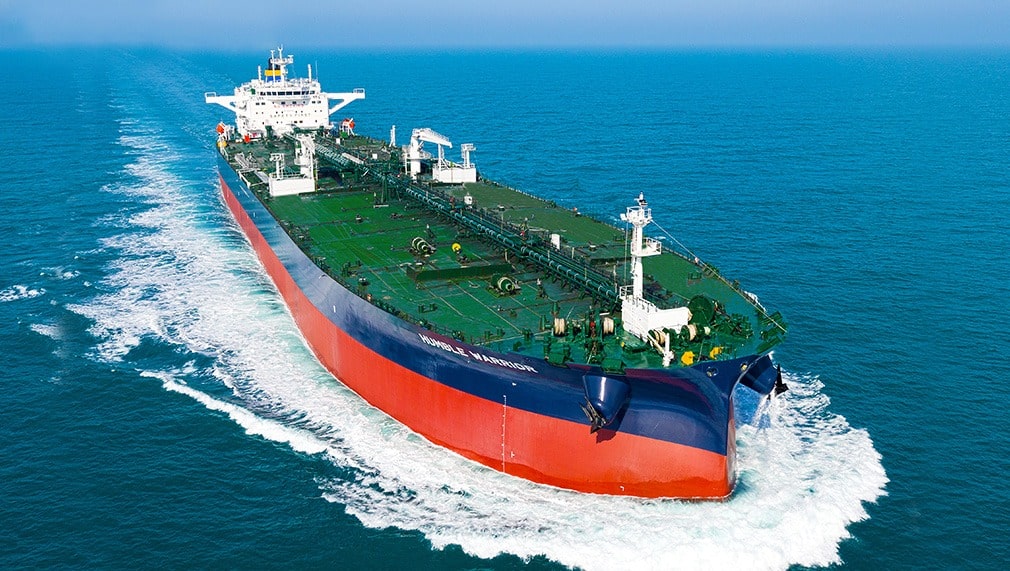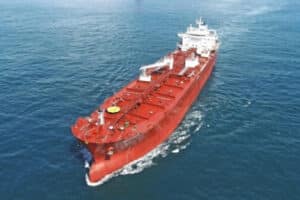S. Korean shipbuilders focus on ammonia-fueled ships amid China’s dominance in methanol

This year, China is securing a significant number of orders for Liquefied Natural Gas (LNG) and methanol-powered vessels. While South Korean shipbuilders, which already have a substantial backlog of orders, maintain a selective order strategy focused on profitability, Chinese companies appear to be filling the remaining demand. South Korean shipbuilding industry plans to keep its strategy to pursue profitable LNG carriers (LNGCs) and ammonia-fueled vessels, which require advanced technology.
According to Clarksons Research, a specialized agency for shipbuilding and maritime market trends, 40 LNGCs were ordered worldwide between January and May of this year. Of these, 35 were granted to China and two to South Korea and Germany each. In methanol-powered newbuildings, China took 36 of the 38 orders, and Spain and Norway each received one. South Korea secured none.
The South Korean shipbuilding industry has a backlog of about three to four years worth of shipbuilding work, allowing it to focus on high-value-added vessels. That is why methanol-powered ships, which cost roughly 200 billion (about $145.06 million) won per unit, were relatively low-cost vessels, excluded from the shipbuilders’ target.
Methanol-powered ships have low technological barriers, allowing Chinese manufacturers to easily enter the market with competitive pricing. These ships are often large, taking up substantial dock space (the assembly area where steel blocks from different plants are gathered to construct the hull), which reduces production efficiency.
The Korea Institute of Machinery & Materials (KIMM) announced on June. 10. that the joint research team consisting of Korean Register (KR), HD Korea Shipbuilding & Offshore Engineering (HD KSOE), and HD Hyundai Heavy Industries (HD HHI), is conducting a techonology demonstration test of using LNG-ammonia dual-fuel MW-class marine engine combustion. This engine reportedly emits about half the CO2 compared to that of a solely LNG-fueled engine.

Meanwhile, HD KSOE secured the world’s first order for two medium-sized ammonia-powered ships in October last year. The contract was valued at about 215 billion won ($156 million). These LNG and ammonia-fueled ships will be built at HD Hyundai Mipo’s Ulsan Shipyard.
Hanwha Ocean also plans to commercialize ammonia-powered vessels by 2025. Instead of burning ammonia in the engine, it will be used in a fuel cell system. To achieve this, the company has partnered with Amogy, a US-based ammonia technology company. Amogy’s technology converts ammonia into hydrogen and nitrogen through a high-temperature catalytic reaction, then sends the hydrogen to a fuel cell to generate electricity. Amogy is a company in which SK Innovation has invested about 110 billion won ($80 million).
Furthermore, Samsung Heavy Industries (SHI), which is also developing an ammonia fuel cell system with Amogy, announced that it has received AIP for an ammonia fuel cell-powered VLAC from Lloyd’s Register on June. 4.
